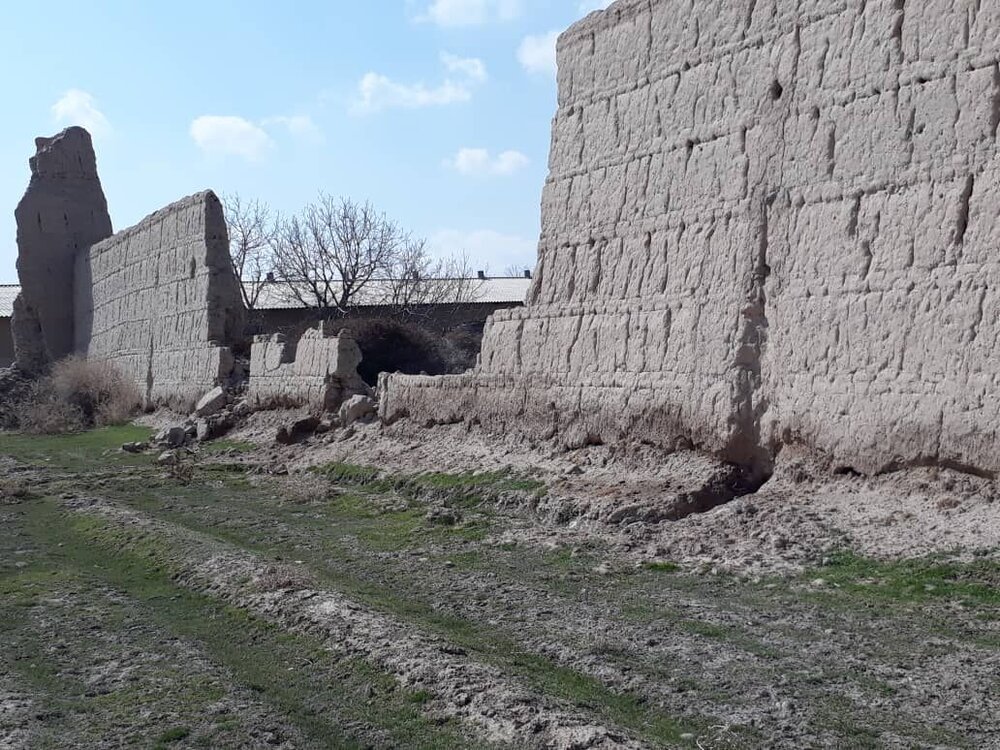Mudbrick caravanserai one step closer to become national heritage

TEHRAN – The ruined Khosroshah Caravanserai, a Safavid-era (1501–1736) roadside inn located near Tabriz, northwestern Iran, will soon be assessed to possibly be added to the national cultural heritage list in order to receive more care and protection.
The caravanserai is believed to be one of the 999 caravanserais, which were built across the country by the order of the renowned Safavid monarch; Shah Abbas the Great (r. 1588 – 1629).
The historical structure has been documented and a dossier for which has been prepared to be submitted to the tourism ministry with the aim of better preservation and maintenance, Tabriz’s tourism chief, Ramin Asbaqim, announced on Saturday.
Some other cultural elements of the region are also planned to be added to the National Intangible Cultural Heritage list in near future, the official added.
Soaked in history and culture for millennia, Tabriz, which is the capital of East Azarbaijan, embraces several historical and religious sites, including the Jameh Mosque of Tabriz and Arg of Tabriz, and UNESCO-registered Tabriz Historic Bazaar Complex to name a few. The city became the capital of the Mongol Il-Khan Mahmud Gazan (1295–1304) and his successor. Timur (Tamerlane), a Turkic conqueror, took it in 1392. Some decades later the Kara Koyunlu Turkmen made it their capital, it was when the famous Blue Mosque was built in Tabriz.
The city retained its administrative status under the Safavid dynasty until 1548, when Shah Tahmasp I relocated his capital westward to Qazvin. During the next two centuries, Tabriz changed hands several times between Persia and Ottoman Empire. During World War I, the city was temporarily occupied by Turkish and then Soviet troops.
Caravansery (or caravansary) is a compound word combining “caravan” with “sara”. The first stand for a group of travelers and sara means the building. They often had massive portals supported by elevated load-bearing walls. Guest rooms were constructed around the courtyard and stables behind them with doors in the corners of the yard.
Iran’s earliest caravanserais were built during the Achaemenid era (550 -330 BC). Centuries later, when Shah Abbas I assumed power from 1588 – to 1629, he ordered the construction of network caravanserais across the country. For many travelers to Iran, staying in or even visiting a centuries-old caravanserai, can be a wide experience; they have an opportunity to feel the past, a time travel back into a forgotten age!
ABU/AFM
Leave a Comment